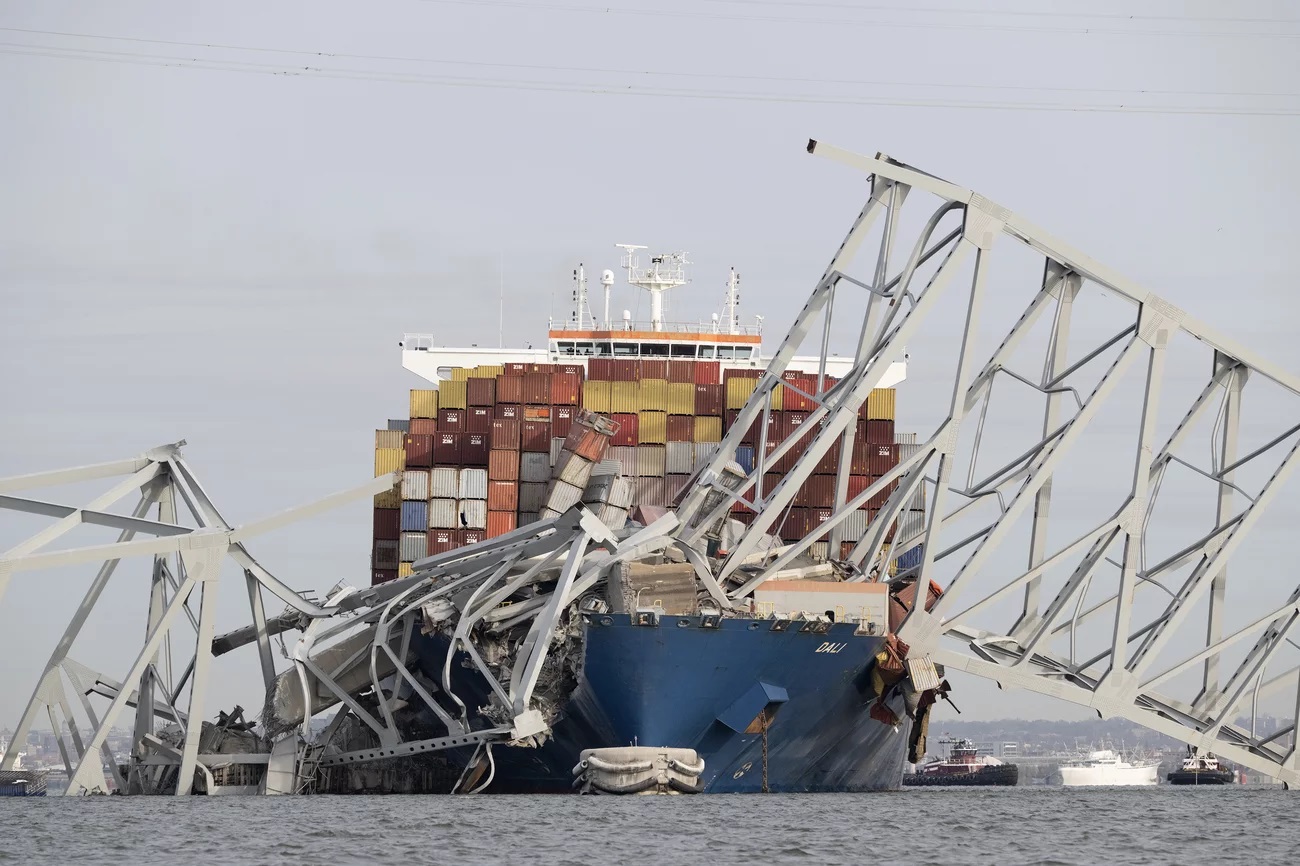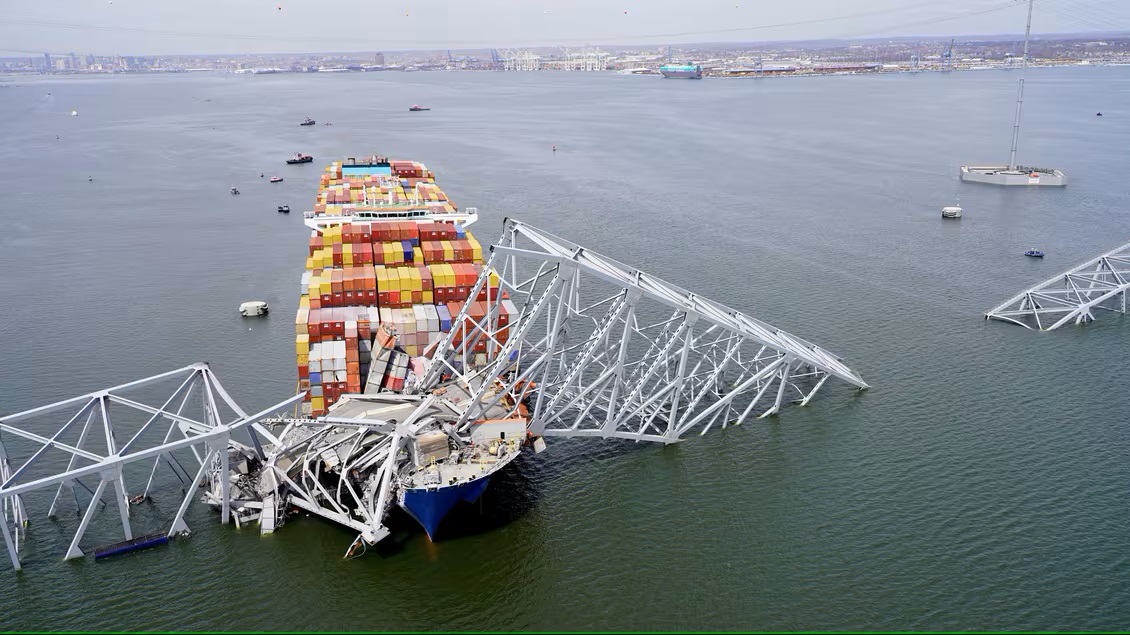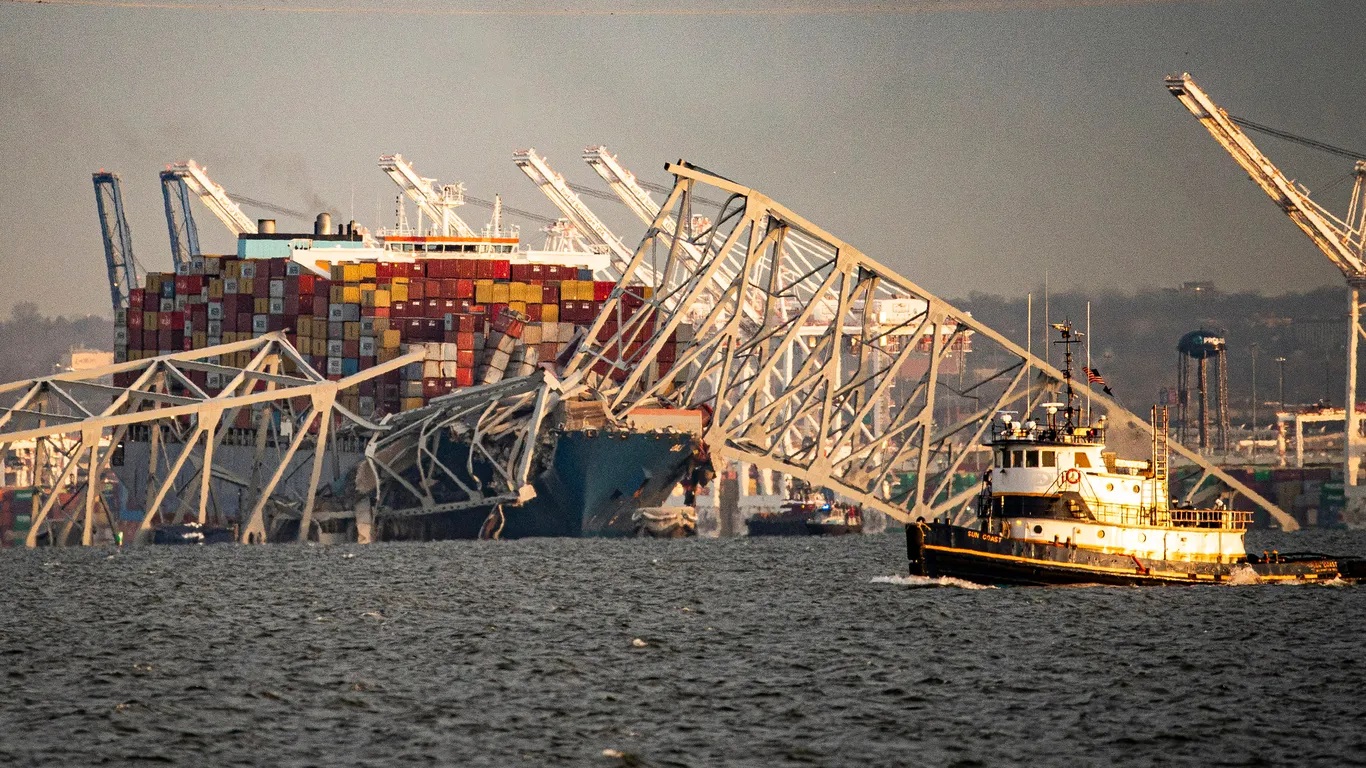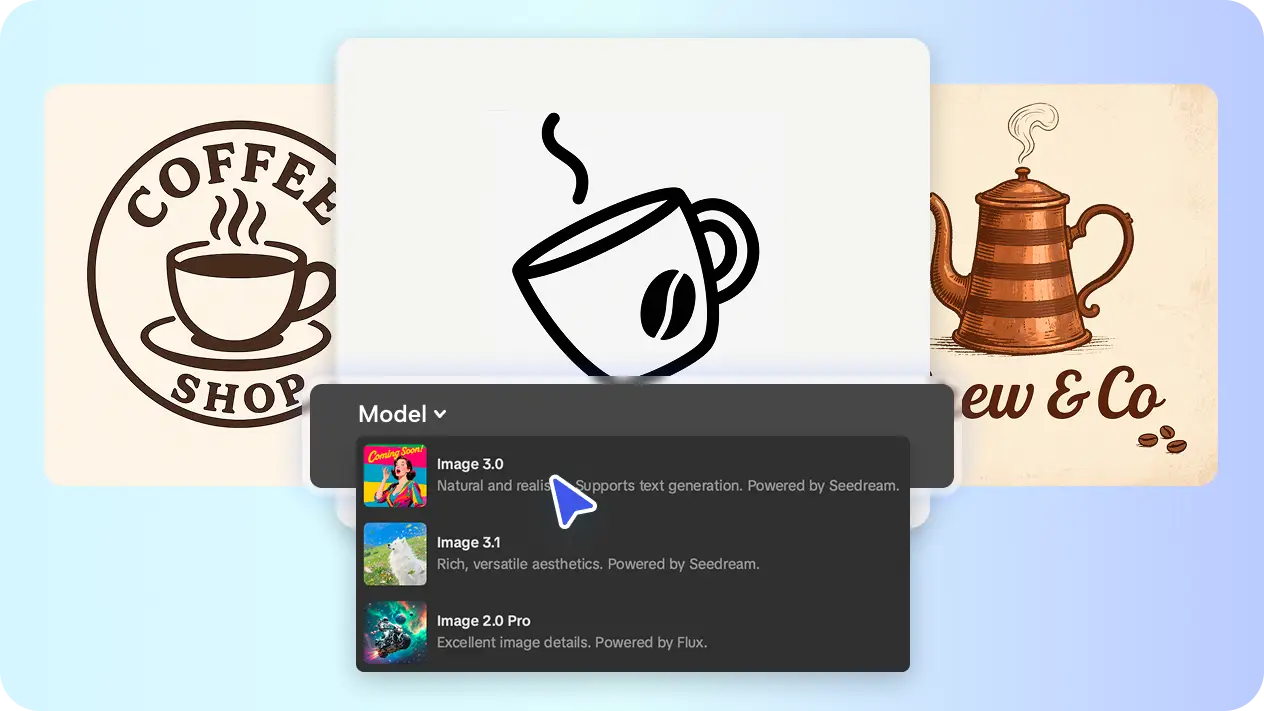Dali Demolishes the Baltimore Maryland Bridge

In the USA, Baltimore Maryland’s Francis Scott Key Bridge collapsed after it was struck by a large container ship called the Dali. The ship had passed through the Panama Canal on March 13th but early Tuesday morning, lost power, issued a mayday before impact, slammed into the bridge support beams, causing a near-total collapse of the span and halting vessel traffic into and out of the Port of Baltimore. A search-and-rescue effort for six workers on the bridge, who fell from the collapsing bridge into the frigid waters of the Patapsco River, has been suspended and will shift to a recovery mission. In the video, you may notice that there were also vehicles on the bridge when it collapsed. Authorities agree that they know that there are vehicles in water after the bridge collapsed. Watch the bridge collapse here: https://www.youtube.com/watch?v=qZbUXewlQDk
The impact of the container ship that caused the Baltimore Bridge in the USA to collapse has raised topics about the similarities and differences that Panama would have regarding this maritime route, as the US is a country marked by the passage of ships that transit through the Canal. The huge ships that transit the Panama Canal must pass under three bridges in Panama that cross the waterway. They include the Atlantic Bridge in the province of Colón, the Bridge of the Americas, and the Centenario Bridge, the last two on the Pacific side. But unlike what happens in other maritime transit zones, where the huge container ships that leave the ports are mobilized by their own crews, in Panamas case, it is the pilots of the Canal who take control of the navigation of ships from the Pacific – in the Amador sector – to the Colón breakwater in the Atlantic part of the country (in the Sherman area), and vice versa. This is of vital importance that the supervisors take charge of controls to mitigate accidents. There is strict adherence to the navigation regulations, taking into account the time of transit of the vessels, the size of the vessel, the type of cargo it carries, the navigation speed according to the passage area and the type of propulsion.

The Panama Canal has the latest advancements in satellite positioning technology that allows them to know the exact location of ships, tugboats and regular boats through an electronic tablet. In the case of the Baltimore accident, the Dali ship reported propulsion and electrical problems before losing control and crashing into the bridge support beams, causing most of the bridge to buckle and go down. This is not the first collapse due to a bridge collision. Going back to 1960 right up until today, there have been 35 major collapses worldwide due to ship impacts and a total of 342 people killed. 18 of those 35 occurred in the United States. Last February, five people died after a large container ship collided with the support beams of a bridge over a river in southern China, causing a section of road to collapse with five vehicles. Pilots must not forget that each accident that occurs forces them to study the reasons why they occurred and to review regulations to maintain safety standards, since the pilots take control of the navigation of the ships throughout the crossing. The waterway is constantly evolving; which involves new tugboats with better technology and greater power. In addition you need to have a team dedicated to maintaining appropriate signage and adequate depths. The administration of the Panama Canal indicated that they regret the loss of human life as a result of the accident that occurred in Baltimore, United States. “Although it affects the supply chain of containerized cargo and other merchandise, what happened does not have a significant impact on the routine operation of the Panama Canal,” indicated the Panama Canal Authority (ACP). The port of Baltimore represents between 2% and 3% of the tonnage that passes through the Panamanian route. The ACP specified that given the collapse of traffic in Baltimore, it is expected that the actions of shippers will be to reassign containerized cargo from that port to other ports on the east coast of the United States (Norfolk, New York/New Jersey). For now, the Channel continues to evaluate the situation in contact with clients. Approximately 13,500 ships pass through the Panama Canal annually.






